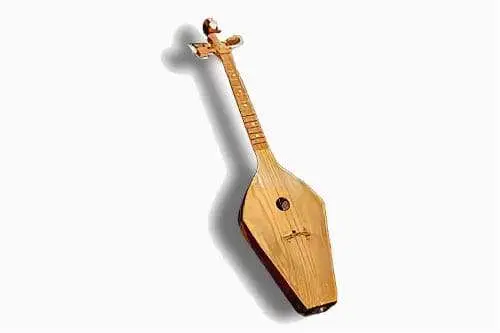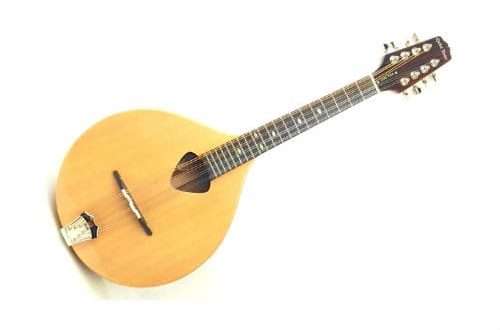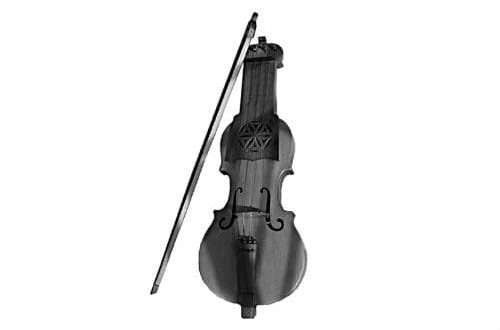
Tamur: instrument making, origin, sound, use
Tamur is a musical instrument originally from Dagestan. Known as dambur (among the inhabitants of Azerbaijan, Balakan, Gakh, Zagatala regions), pandur (among Kumyks, Avars, Lezgins). At home, it is customary to call it “chang”, “dinda”.
Production features
A Dagestan string product is made from a single piece of wood by drilling two holes. Linden is mainly used. After that, strings are pulled from the intestines of a young goat, horse hair. The body is narrow, and at the end there is a trident, a bident. Length – up to 100 cm.

Origin and sound
The time of the appearance of tamura is the prehistoric era, when livestock farms were just beginning to form in the mountains. In modern Dagestan, it is used infrequently. Dambur is called a relic of pre-Islamic beliefs: the ancestors, who revered atmospheric phenomena, used it to perform rituals to call rain or sun.
In terms of sound, the dambur is quite low, completely unusual for Europeans. Experts say that playing this instrument resembles a chant in the form of lamentation. On the pandura, the performance was usually solo, carried out for a small audience, mainly for household members or neighbors. People of all ages could play.
Now pandur enjoys exclusively professional interest among musicians. The local population of the Caucasian countries is used in rare cases.





